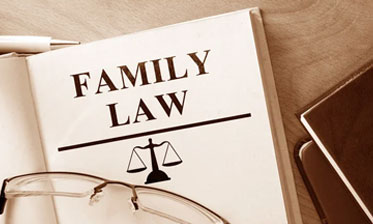
What is retroactive child support?
There are three main types of child support sought in a child support matter. The most commonly seen is prospective child support. Prospective child support is what a parent typically seeks initially when they file for child support – in other words, it is the money to be paid to them moving forward. Retroactive child support is asked for when a parent is asking the court to consider ordering the other parent to pay for prior years of child support. For example, if a mother has a three-year-old son and moves for child support when the child turns three years old, they can ask for prospective child support (money moving forward in the child’s life) and retroactive child support (asking for the court to order child support to be paid for the first three years of the child’s life). The final main type of child support is arrears, which is asked for when a parent is supposed to have been paying child support but has not been paying and so has accrued a past due balance.
How far back can my child’s mother/father seek retroactive child support?
The Statute of Limitations for retroactive child support is three years. So, the most a parent can ask for in retroactive child support is up to the past three years. Accordingly, if parents have a – let’s say seven-year-old child – the parent seeking child support cannot seek all seven years of retroactive child support; they can only ask for the past three years’ worth of child support.
How much will I owe in retroactive child support?
Unfortunately, North Carolina law is a bit unclear on this. The law used to be that the parent seeking retroactive child support had to present evidence of expenses spent on the child that the other parent did not assist with. For example, if a mother is seeking retroactive child support and claims the father has never assisted in child support, she may present evidence of school lunch bills, school supply receipts, field trip deposits, medical and therapy bills, health insurance costs, extracurricular activity deposits and costs, etc. The Court used to have to make very specific findings of facts in their Orders indicating exactly why they ordered the amount of retroactive child support they did.
Courts no longer have to use the actual expense method of finding retroactive child support today, though. A few years ago, the law changed so that the Court can simply apply the Child Support Guidelines to the years retroactive child support is sought and order the amount based solely on the Guidelines. This means the evidence needing to be presented by the seeking parent is no longer actual expenses, but proof of the other parent’s income during those years.
Accordingly, parents seeking retroactive child support can be awarded thousands of dollars by simply having the Guidelines applied to the case; whereas, the same parent may have owed less by applying the actual expense method.
The attorneys at Ley Law are happy to assist with your child support case, especially those seeking retroactive child support. Reach out to our team at Ley Law and set up a consultation today.


LeAnne Goss Author
LeAnne M. Goss is an Associate Attorney at Ley Law, dedicated to Family Law, Juvenile Law, Abuse, Neglect, and Dependency Court (DSS court), as well as Appellate Law. She graduated from the University of North Carolina at Greensboro in 2019 with a Bachelor’s in Liberal Studies focused on Humanities and earned her Juris Doctor from Campbell Law School in 2023.





